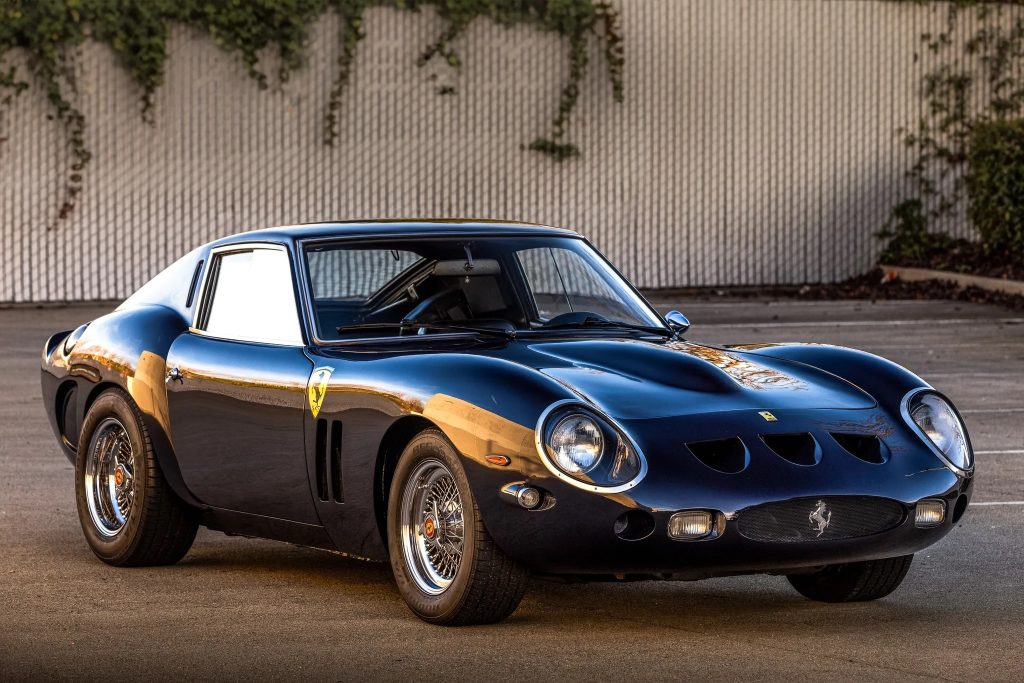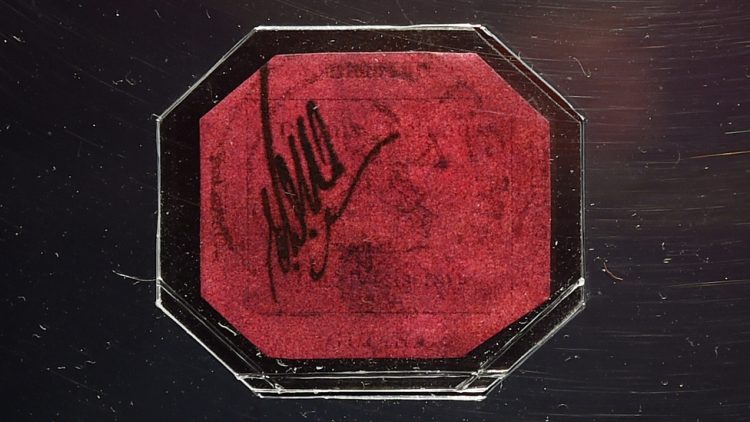Introduction: What Makes a Collectible Rare and Valuable?
Collecting is not just about acquiring objects—it’s about amassing treasures that tell a story, hold historical significance, and offer a glimpse into a world beyond the ordinary. The rarest and most valuable collectibles are often not just items; they are symbols of culture, heritage, and exclusivity. Whether it’s a limited-edition watch, a vintage car, or a rare wine, collectibles are not only sought after for their inherent beauty or craftsmanship but also for their potential to grow in value over time.
But what makes something truly rare and valuable? At the heart of any prized collectible is scarcity. An item’s rarity can stem from limited production, historical significance, or a unique story behind its creation. In addition to rarity, an object’s condition, provenance, and the market demand play a crucial role in determining its value. Collectors, whether they are connoisseurs of fine art, vintage automobiles, or luxury timepieces, are constantly on the lookout for pieces that have a connection to the past, a pedigree of ownership, or an exclusive nature that sets them apart from the rest.
This guide will walk you through the world of the most exclusive collectibles, exploring what makes them rare, valuable, and sought after by the world’s elite.
Types of Collectibles: From Limited-Edition Luxury Items to Historical Antiques
Collectibles come in all shapes, sizes, and forms, each with its own unique appeal. Some collectibles are driven by nostalgia, others by craftsmanship, and some by the thrill of ownership. Here are some of the most prominent types of collectibles that attract the world’s wealthiest individuals:
1. Luxury Watches and Timepieces
Luxury watches have long been regarded as a symbol of wealth, precision, and status. Brands like Patek Philippe, Rolex, and Audemars Piguet have created timepieces that are not only functional but also masterpieces of engineering and design. Limited-edition releases, discontinued models, and watches with rare features often appreciate in value over time.
For instance, a Patek Philippe Grandmaster Chime, sold for a record-breaking price at auction, is considered one of the most exclusive and valuable timepieces ever made.
2. Rare Stamps
Philately, or the collection of postage stamps, has been a hobby of aristocrats and royalty for centuries. Some stamps, due to their historical context, rarity, or printing errors, can be worth millions. The “British Guiana 1c Magenta,” for example, holds the record for the most expensive stamp ever sold, fetching nearly $10 million at auction.
Stamps can also be valuable for their historical importance, such as those commemorating key events, figures, or periods in history. With limited availability and the increasing interest in global postal history, rare stamps remain a niche but highly coveted collectible.
3. Vintage Cars
The world of vintage cars is a playground for the ultra-wealthy, with cars like Ferrari, Bugatti, and Mercedes-Benz commanding astronomical prices at auction. Classic cars that are rare, well-preserved, and have historical significance are seen as valuable assets. Some models, particularly those with limited production or famous owners, can fetch tens of millions of dollars.
For example, a 1955 Mercedes-Benz 300 SLR Uhlenhaut Coupe was sold for a staggering $143 million, breaking records for a car sale. Collectors often seek out cars with low mileage, unique features, and well-documented provenance.
4. Fine Wine and Spirits
Wine collecting has become an increasingly lucrative market for investors and enthusiasts alike. Fine wines from prestigious vineyards like Château Lafite Rothschild, Domaine de la Romanée-Conti, and Petrus have long been considered investments that appreciate over time. The rarity of wine stems from limited production, exceptional vintages, and the careful aging process.
Certain bottles have seen their value skyrocket over the years. A bottle of 1945 Château Mouton Rothschild, for instance, sold for $310,700, setting a record for a bottle of wine at auction.
5. Fine Art and Antiques
Art and antiques have always been among the most coveted of collectibles. Whether it’s an Old Master painting, a rare sculpture, or an ancient artifact, these objects hold both cultural and financial value. Collectors often seek pieces that are not only beautiful but also significant within the broader context of art history.
Iconic works by artists like Leonardo da Vinci, Picasso, or Van Gogh can fetch hundreds of millions at auction. Collecting rare antiques, such as furniture from the Ming dynasty or ancient Greek pottery, also requires specialized knowledge and a keen eye for authenticity.
6. Limited-Edition Luxury Items
Beyond traditional art and antiques, the world of luxury fashion and accessories offers a unique collection of rare items. Limited-edition handbags from brands like Hermès, Chanel, and Louis Vuitton are highly sought after, with certain designs appreciating significantly in value over time.
Other luxury collectibles might include rare sneakers, haute couture fashion pieces, or even bespoke jewelry. These items are often produced in very limited quantities, and their exclusivity, combined with strong brand identities, drives their desirability and value.

Iconic Collectibles: Collectors’ Top Choices Such as Rare Stamps, Vintage Cars, and Fine Wines
Certain categories of collectibles have risen to iconic status due to their rarity, historical importance, and ability to transcend time. These items are not only valuable but also serve as a status symbol for those fortunate enough to own them.
1. The British Guiana 1c Magenta Stamp
This legendary stamp is perhaps the most iconic collectible in philately. Produced in a single copy in 1856, it is the world’s most valuable stamp. The British Guiana 1c Magenta has sold at auction for nearly $10 million, making it the most expensive postage stamp in history. Its rarity, combined with its unique history, makes it a dream acquisition for philatelists and investors alike.
2. Ferrari 250 GTO
The Ferrari 250 GTO is widely regarded as one of the greatest vintage cars ever made. Only 36 of these cars were produced in the 1960s, and they are highly sought after by collectors. A 1962 Ferrari 250 GTO was sold for $48 million at auction, setting a world record for a car sale. Its rarity, racing pedigree, and exquisite craftsmanship make it a crown jewel in any collector’s garage.
3. Domaine de la Romanée-Conti Wine
Domaine de la Romanée-Conti is known for producing some of the world’s finest and rarest wines. A bottle from the 1945 vintage of Romanée-Conti fetched over $300,000 at auction, establishing it as one of the most valuable wines in the world. Wine collectors covet bottles from this iconic vineyard, with vintage bottles often appreciating in value over time.
The Role of Provenance: How History Adds Value to Collectibles
Provenance—the history of ownership and origin of an item—can significantly enhance the value of a collectible. Items with well-documented histories are more desirable because they offer a clear link to their past. For example, a painting by a renowned artist with a documented chain of ownership from notable collectors or galleries will carry far more value than one without such a history.
In the world of luxury watches, for instance, timepieces previously owned by famous personalities or involved in significant historical events can skyrocket in price. A Rolex worn by Paul Newman, known as the “Paul Newman Daytona,” sold for $17.8 million at auction, setting a record for a wristwatch.
Evaluating and Investing: How to Appraise Rare Items and Make Smart Investments
Before acquiring rare collectibles, it’s important to understand their true market value. Appraising collectibles involves several key factors, including:
1. Rarity and Demand
- The fewer the items in existence, the more valuable they become. Assessing market demand is essential—items that are not only rare but also in high demand will experience greater appreciation.
2. Condition
- The condition of an item is critical. A rare vintage car with original parts in excellent condition will fetch a much higher price than a similarly rare one in poor shape.
3. Provenance
- Items with strong provenance, such as a well-documented history of ownership, always command higher prices.
4. Expert Appraisal
- It’s essential to consult with experts or appraisers before making a significant investment. Their knowledge will help you determine the authenticity and true market value of a piece.
Conclusion: Why Collecting the Rarest Items Creates a Lasting Legacy
Collecting rare and valuable items is not only about the pursuit of wealth; it’s about curating a collection that stands the test of time. These treasures represent more than just material goods—they are pieces of history, culture, and craftsmanship that connect their owners to a larger narrative. Whether it’s a rare painting, a limited-edition watch, or a vintage car, the world’s most exclusive collectibles offer an opportunity to create a lasting legacy.
Investing in these items can be a way to diversify a portfolio, but it also serves as a means of preserving and celebrating culture, art, and craftsmanship for future generations. The world of collectibles is one where passion and investment converge—making it a truly remarkable pursuit.
















































